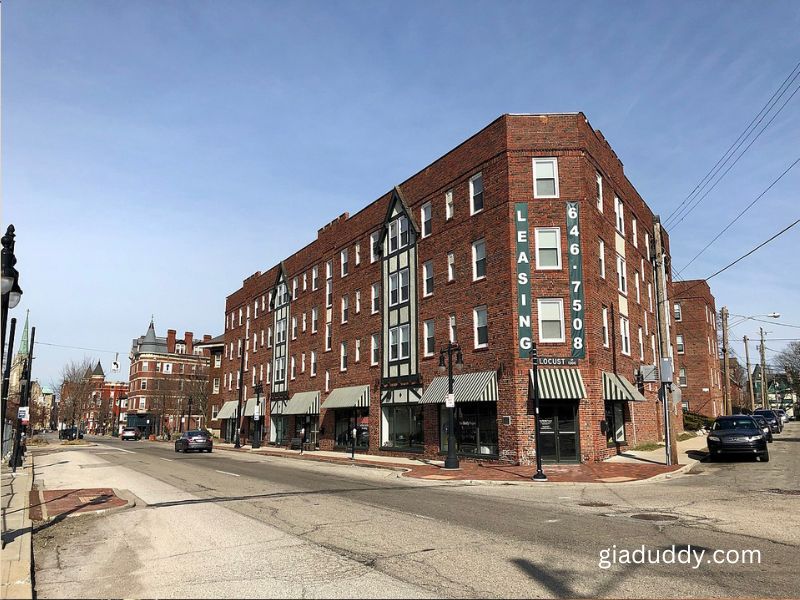Nestled in the historic Walnut Hills neighborhood of Cincinnati, the Culture Club stands as a vibrant testament to community engagement and artistic expression. Focused on fostering connections through the arts, this organization plays a pivotal role in the neighborhood’s cultural revival. The club regularly hosts events, workshops, and installations that bring residents together, encouraging participation from all age groups and backgrounds.
The Essence of Walnut Hills
Walnut Hills is renowned for its rich cultural tapestry. Established in 1804, this historic area has long been a melting pot of ethnic, socioeconomic, and cultural diversity. The neighborhood has witnessed significant milestones, from being a pivotal stop on the Underground Railroad to becoming a bustling urban hub during the 20th century. Today, it continues to thrive as a community that celebrates its heritage while embracing modern artistic ventures.
Key Initiatives of the Culture Club
The Culture Club’s initiatives are designed to enhance community life through art and culture. One of its hallmark events is the “Glow Ups” project, a series of public art installations created for the BLINK Festival. This initiative transforms mundane spaces like bus stops into dynamic works of art, brightening the daily lives of commuters and festival-goers alike. Such efforts not only beautify the neighborhood but also foster a sense of pride among its residents.
Another significant program is the Artist-in-Residence initiative, which invites local artists to contribute to the community’s aesthetic and cultural dialogue. These residencies culminate in unique projects that reflect the spirit and history of Walnut Hills, from large-scale murals to interactive art pieces.
Community Engagement and Inclusivity
The Culture Club is more than an arts organization; it’s a platform for community building. It emphasizes inclusivity, ensuring that its programs are accessible to all, regardless of age, background, or artistic ability. By hosting free events, the club removes barriers to participation, making the arts a shared experience that bridges gaps and strengthens communal ties.
Preserving and Celebrating History
The club also plays a vital role in preserving Walnut Hills’ rich history. Its activities often intersect with the neighborhood’s historical landmarks, such as the Harriet Beecher Stowe House and Peebles Corner. By incorporating elements of history into contemporary art projects, the Culture Club ensures that the past remains a vibrant part of the present.
The Role of Partnerships
Collaboration is at the heart of the Culture Club’s success. It works closely with local organizations, businesses, and government bodies to amplify its impact. Partnerships with entities like the Walnut Hills Area Council and ArtsWave provide the necessary support and resources to bring ambitious projects to life.
Looking Ahead
As Walnut Hills continues to evolve, the Culture Club remains committed to its mission of enriching the community through art and culture. Future plans include expanding its programs to reach a broader audience, introducing more interactive and educational components, and exploring new mediums and platforms for artistic expression.
Conclusion
The Culture Club of Walnut Hills exemplifies how art can serve as a catalyst for community cohesion and revitalization. By celebrating the neighborhood’s unique identity and fostering creative expression, it not only enhances the aesthetic appeal of Walnut Hills but also cultivates a deeper sense of belonging and unity among its residents.


